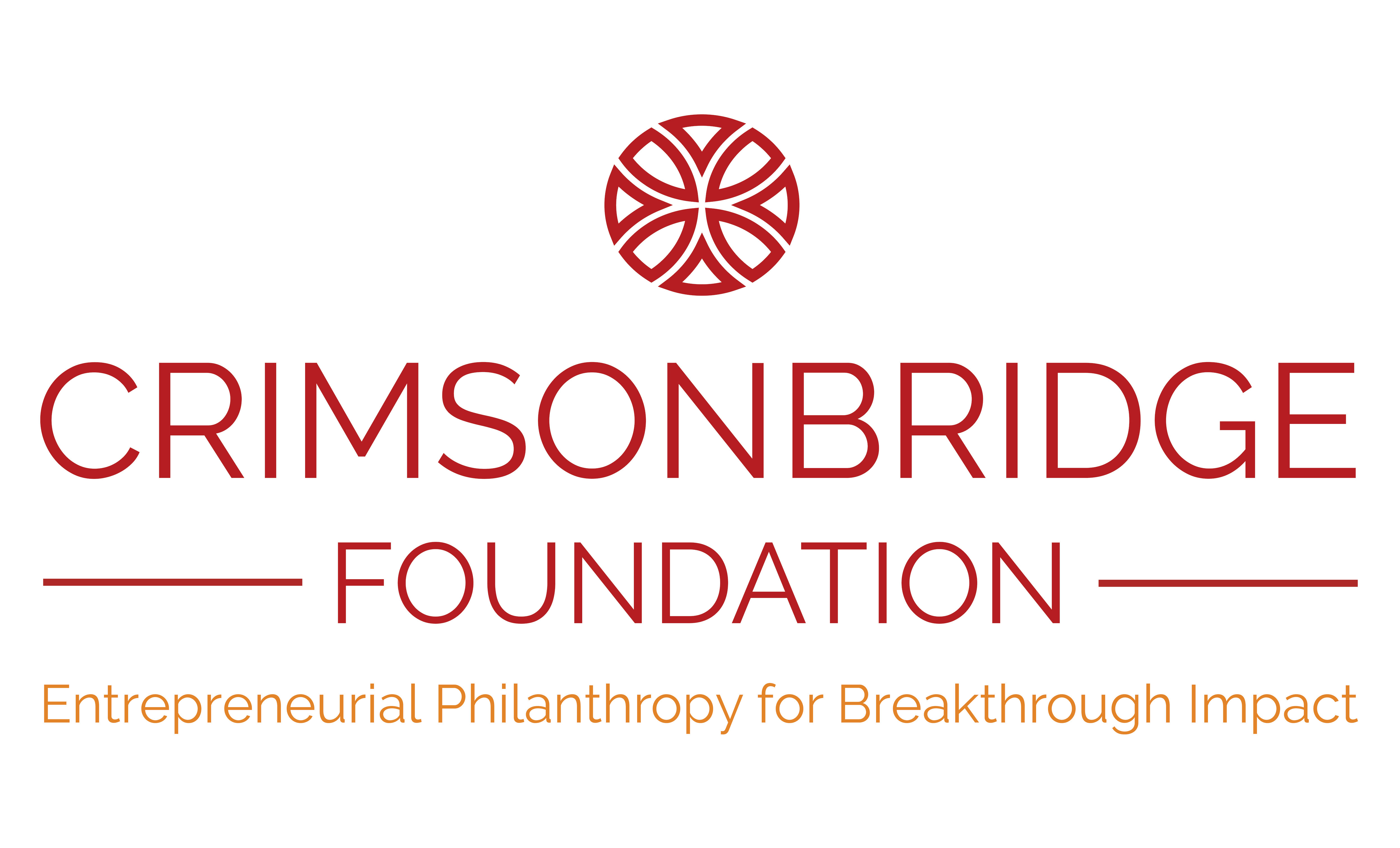Journal of First-generation Student Success
Learn more about the first academic journal dedicated to the success of first-generation college students.
Through generous support from the Crimsonbridge Foundation and a data partnership with RTI International, these fact sheets provide national statistics about first-generation college graduates’ transition to graduate school and employment in the year after earning a bachelor’s degree. They also show the extent to which first-generation college graduates had used career planning services and participated in extracurricular and co-curricular activities when they were undergraduate students, activities that can help individuals prepare for graduate school and employment. Some statistics are shown separately by race/ethnicity and age.
When considering how the statistics in these fact sheets may relate to the students at your institution, please read the footnotes for important information, including definitions of key terms and the data source. The average profile of students at your institution may be very different from the national sample of college graduates used for these fact sheets.
Note that while the Center recognizes the diversity of definitions represented by the term “first-generation college student/graduate,” in these fact sheets, first-generation college student/graduate is defined as an individual whose parents do not have a bachelor’s degree. .
The data source for these fact sheets is the 2016/17 Baccalaureate and Beyond Longitudinal Study (B&B:16/17), National Center for Education Statistics, U.S. Department of Education. The survey data represent college graduates who earned a bachelor’s degree in academic year 2015–16 from a Title IV postsecondary institution in the United States. The total sample size is 19,490. “AI, AN, NH, or PI” refers to American Indian, Alaska Native, Native Hawaiian, or other Pacific Islander. “!” means interpret the statistic with caution due to a large standard error. “‡” indicates that data could not be reported due to low sample size or a coefficient of variation of 50 percent or greater.
These fact sheets were produced for the Center by RTI International, an independent, nonprofit research institute. Accompanying each fact sheet is the respective suggested citation.
These serve as a follow up to the National Data Fact Sheets released in 2019, providing national statistics about first-generation and continuing-generation college student.

A one-year grant from the Crimsonbridge Foundation will support a joint effort by the Center and RTI International to create a fact sheet series with national data on career preparation pathways and post-completion outcomes for first-generation students. The new fact sheets address various dimensions of this critical but understudied topic, such as if and how first-generation students use campus career planning services; the role of extracurricular activities in job market preparation; the channels through which first-generation students secure jobs upon graduation; and first-generation students’ post-completion trajectories, including graduate school enrollment.
First-generation College Graduates’ Transition to Graduate School and Employment Issue Brief
Among students who graduated with a bachelor’s degree in academic year 2015–2016, 42% were first-generation college graduates, meaning that their parents did not complete a bachelor’s degree. This issue brief presents national statistics about first-generation and continuing-generation graduates’ transition to further education and employment.
Using Data to Improve Outcomes for First-generation College Students: A Guide for Practitioners
This guide provides information for college staff who want to collect and use student-level data to inform work with first-generation college students and graduates. The guide is organized by the subject matter of the data and provides recommendations for obtaining the data.
Fact sheet 1 shows the percentage of college graduates who were first-generation and continuing-generation by race/ethnicity and age. The fact sheet also displays the percentage of graduates who had used career planning services when they were undergraduate students.
Highlight: Among students who graduated with a bachelor’s degree in academic year 2015–16, 42% were first-generation college graduates, and 58% were continuing-generation college graduates.
Suggested Citation: RTI International. (2021). First-generation College Graduates: Race/Ethnicity, Age, and Use of Career Planning Services. Washington, DC: NASPA. Retrieved from https://firstgen.naspa.org/files/dmfile/FactSheet-011.pdf
Fact sheet 2 provides statistics about first- and continuing-generation college graduates’ extracurricular and co-curricular participation when they were undergraduate students.
Highlight: 46% of first-generation college graduates and 65% of continuing-generation college graduates had participated in an extracurricular club when they were undergraduate students.
Suggested Citation: RTI International. (2021). First-generation College Graduates’ Participation in Extracurricular and Co-curricular Activities as Undergraduate Students. Washington, DC: NASPA. Retrieved from https://firstgen.naspa.org/files/dmfile/FactSheet-021.pdf
Fact sheet 3 displays statistics about first- and continuing-generation college graduates’ highest expected level of educational attainment, as well as their enrollment in graduate school.
Highlight: Among those who enrolled in postsecondary education again in the year after earning a bachelor’s degree, a higher percentage of first-generation than continuing-generation college graduates enrolled in a master’s degree program, but a lower percentage of first-generation graduates enrolled in a doctoral degree program.
Suggested Citation: RTI International. (2021). First-generation College Graduates’ Enrollment After Earning a Bachelor’s Degree. Washington, DC: NASPA. Retrieved from https://firstgen.naspa.org/files/dmfile/FactSheet-03.pdf
Fact sheet 4 shows first-generation and continuing-generation college graduates’ employment and financial status about one year after earning a bachelor’s degree.
Highlight: A year after earning a bachelor’s degree, 80% of both first-generation and continuing-generation college graduates were employed, but they had different kinds of jobs.
Suggested Citation: RTI International. (2021). First-generation College Graduates’ Employment and Finances. Washington, DC: NASPA. Retrieved from https://firstgen.naspa.org/files/dmfile/FactSheet_04.pdf